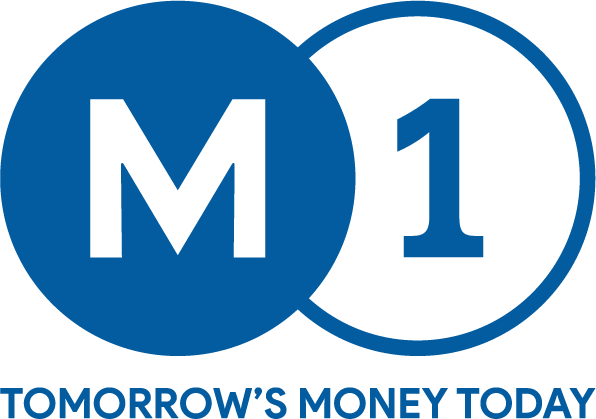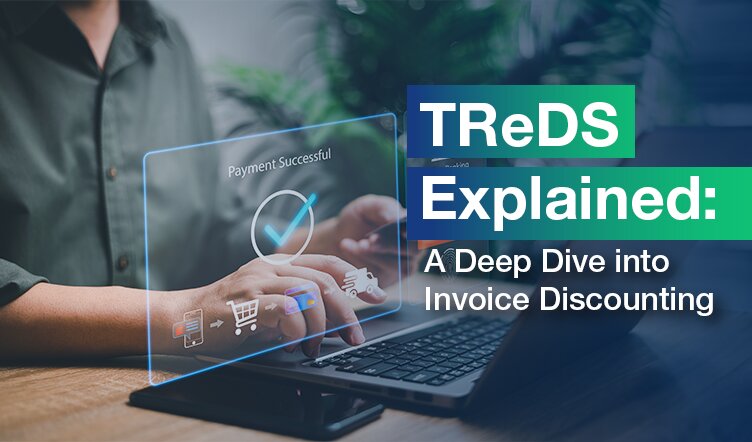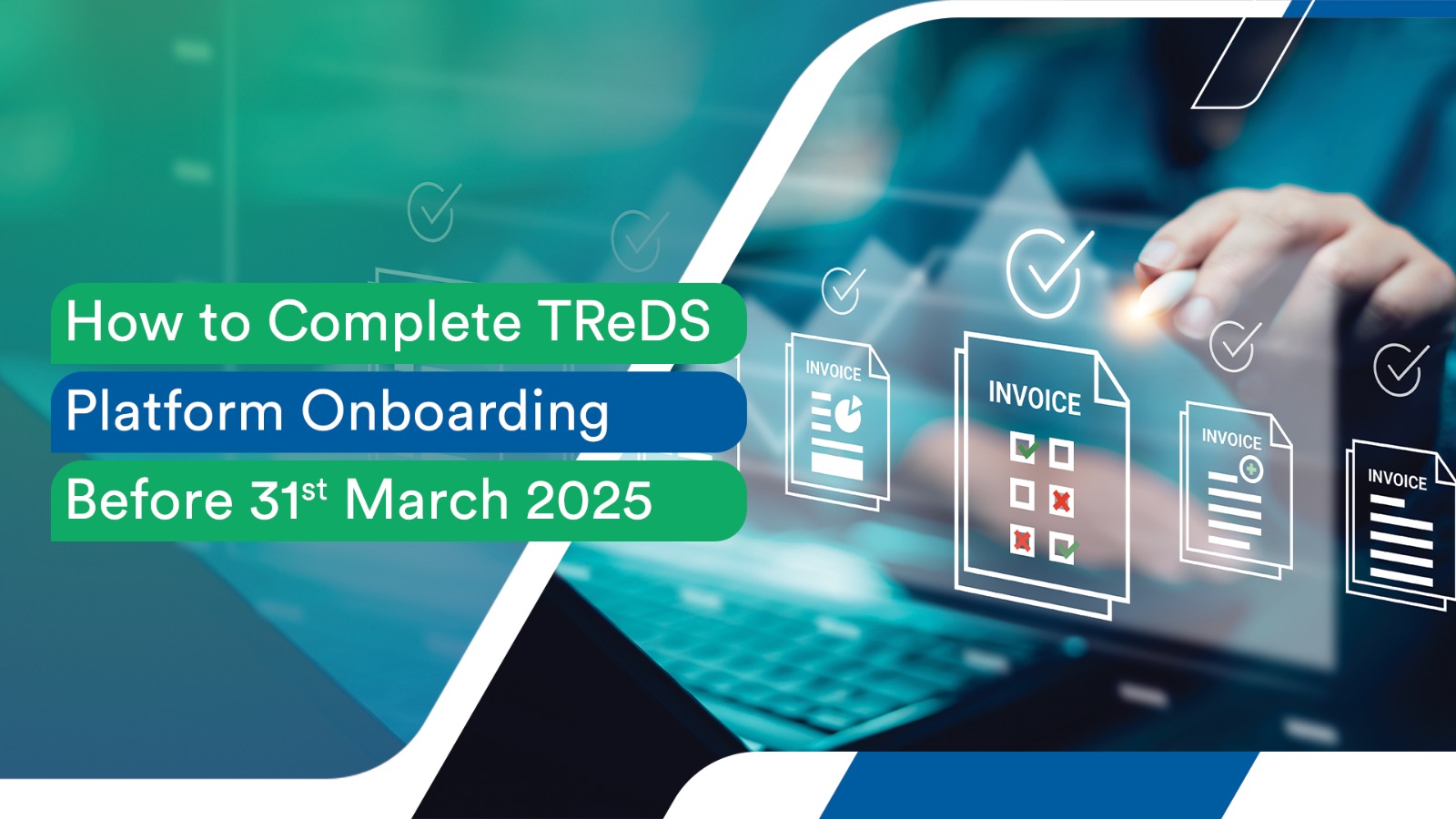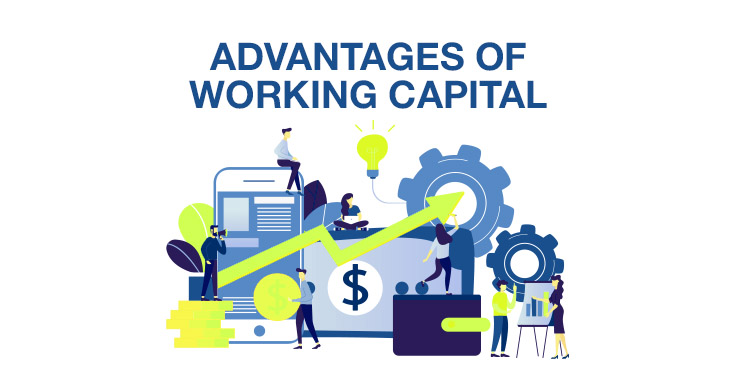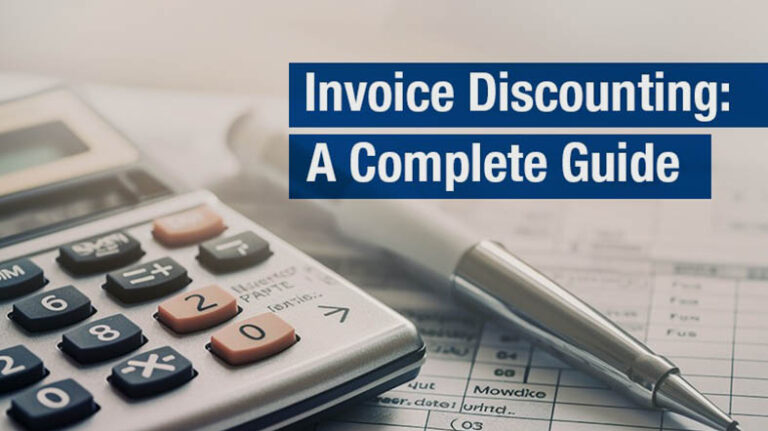Businesses thrive on working capital. No matter if it is a profitable venture or a startup, maintaining the cycle of business is inevitable, and lack of smooth flow of funds affects the long term growth. To overcome this issue, businesses opt for financing options that are available in the market, and the most common way to tackle this problem is to go for a loan from a bank or a financial institution that can help the business acquire cash to stay afloat. Unfortunately, it is commonly observed that small businesses in India find it hard to gain access to loans due to the various risks associated with smaller businesses for the bank.
However, today there are various options for SME’s to avail cash or working capital, and this article will elaborate on the same. Traditional banking systems and institutions have not been able to keep at pace with the fast changing trends of business. In the meanwhile other alternatives like invoice discounting have been sought after as a viable solution to address the issue of requiring cash.
Bank Loans – A Challenging Task
In simple words, a bank’s criteria to offer loans to a business are rigorous, and the business needs to fulfill certain check boxes to even be eligible to avail a loan. Some of those requirements are:
- The business should be minimum two years in operation
- Should have satisfactory collateral or business and/or personal assets.
- Should have a long enough line credit history which can be evaluated.
Once an SME meets the banks criteria will they be eligible to avail a loan and even then certain challenges crop up like: The loan’s rate of interest may be too high for a small business; often times the loan amount that has been sanctioned is insufficient to meet the real needs of the SME; the lock in period or contract with the bank is too long, mostly loans are given for 12, 18, 24, months; the process of applying for a loan is painstakingly long and even after going through the whole procedure there is no guarantee that the loan will be sanctioned or approved by the bank.
The biggest downside to a traditional loan though is that the SME, once it gets a loan is locked in with the bank for a minimum of 12 months. And mostly, SME’s do not require loans for such a long standing period as they may just need quick cash to sign a new contract or order.
Invoice Financing Over Loans
Hence, if quick cash is required for a short period a business loan is not a viable plan or option, invoice financing would seem to be a better solution. Invoice financing allows SME’s to turn their invoices into working capital. It caters to all segments and has a wide array. This is advantageous as it does not add liabilities onto the company’s balance sheet, hence no debt. The process is fast and takes only a couple of days, it’s a hassle free process as it is completely a digital process. No collateral is required as the invoices serve as an assurance of payment. There are no strict rules with regards to how long the business has been running. Additionally, the repayment is shorter, and ranges between 30-90 days.
Thus the RBI set up and introduced the concept of TReDS: Trade Receivables E-Discounting System. This is an online portal for financing trade receivables, by facilitating the discounting of both invoices as well as bills of exchange. The TReDS platform involves three main participants, and they are the MSME’s supplier, the corporate buyer and the Financier.
Now let’s take a quick look at how business can benefit by switching to E-Discounting System from the traditional loan system of the banks:
| Business Loans | Invoice Discounting | |
|---|---|---|
| 1 | Should have a long enough line credit history which can be evaluated. | No collateral required. The invoices serve as an assurance of payment. |
| 2 | The lock in period with the bank is too long, mostly loans are given for 12, 18, 24, months. | The repayment is shorter, and ranges between 30-90 days. |
| 3 | Taking a traditional loan would mean them incurring unnecessary fees. | It is advantageous as it does not add liabilities onto the company’s balance sheet, hence no debt. |
| 4 | The MSMEs and the banks are involved in the long process of loaning, where the loan application is at the bank’s own convenience. | An equalizing field for all parties – MSMEs, Corporate buyer and Financier, involved in a transaction, in accepting, facilitating discounts and settling of invoices. |
All in all, ever since the financial sector reforms committee that recommended the NSE and SIDBI to collaborate to set up an E-discounting platform to support financing of MSME receivables, MSME’s have been growing at a good rate, encouraging more healthy competition, productivity and in turn helps all other components of the business cycle.
M1xchange, an online platform set up by Mynd solutions. M1’s Trade Receivables Discounting system is an online exchange set up under the approval of the RBI, which helps facilitate the discounting of Invoices and Bills of Exchange on a pan India basis. M1’s goal is to provide MSME supply chain related cash flow finance at economical rates through an open bid process via multiple financiers. The exchange enables MSME to secure finances by converting their trade receivables into liquid funds, without recourse basis. The exchange has hosted Nationalized, Private and Foreign banks to finance these receivables at most competitive rates with a unique model of bidding by the banks.
Also read these – Working capital financing, SME Finance, Invoice Financing, Accounts Receivable Financing, Supply chain financing
Last modified: November 6, 2023